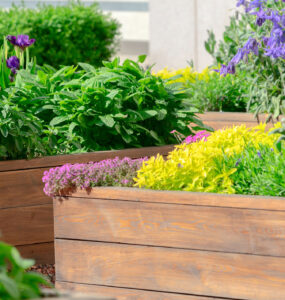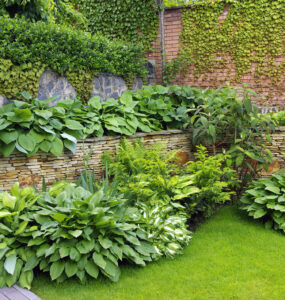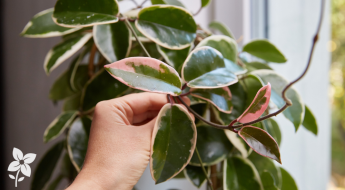Mason Jar Terrariums
by Rob Sproule
Over the winter we can often feel very far removed from the life and vitality that filled our summer days. When we can’t get into the garden the next best thing is to bring the garden indoors.
I’m constantly amazed at the greenhouse when I see how much kids love getting their hands dirty and working with plants and soil. A winter afternoon spent making a terrarium is an ideal project for reconnecting with plants for both the kids and the parents.
Mason Jars
It seems that mason jars are everywhere these days. Whether resurgent in making home-made preserves or trendy cafes offering them as glasses, the humble mason jar has made an impressive comeback.
Its versatility doesn’t end there. It’s the ideal size for a miniature terrarium that is easy enough for anyone to make.
Assembling your Terrarium
Assemble the materials you need before beginning, especially if you’re making it an activity for the kids. Good terrariums are layered in order to control drainage, so you’ll need some pebbles, some charcoal, sterilized soil (from a bag, not the yard or another houseplant), and of course some small plants.
Make sure to wash the jar well. You’re creating a closed ecosystem and will want to keep as much unwanted bacteria and fungus out as possible. Remove any labels from the jar. If you don’t like the way the lid looks you can paint the top of it.
Place about 1″ of pebbles at the bottom. This layer will allow you to control drainage by watching how much water is sitting in the reservoir. Ideally, this layer will be where excess water collects and is pulled up by the roots.
Next, sprinkle a thin layer of charcoal on the pebbles. The charcoal will add another layer of drainage and will also filter the water before it collects in the pebbles. Charcoal will also control any odors that may arise from the natural processes at play in the soil.
Place about 4″ of soil on the charcoal. Mason jars have a tapered opening so you may want to use a make-shift funnel to avoid a mess.
Planting your Mason Jar
Now comes the fun part. Because the humidity inside the jar will be very high, choose moisture loving tropical plants. Ferns and Hypoestes (polka-dot plants) are ideal because they are both miniature and don’t grow quickly. You can also use Pileas, though they tend to grow quickly and may need to be pruned.
Mason jar mouths can be awkwardly small, especially when you need your fingers (ie. planting). Grab some chopsticks to help maneuver the plants into place.
Some people lay sphagnum moss in their creation for extra decoration. Moss is ideal because in the humid conditions it will keep its rich green colour. You can also add shells, rocks, or small decorative critters if you like.
Make sure you don’t over fill your jar, however. With such a small space there is probably only room for 2 small plants and a little moss.
Caring for your Terrarium
Terrariums are easy to take care of and their glass walls protect them from nibbling cats and other dangers. Water enough to keep the soil moist but don’t overfill the drainage pebbles; it will probably only be once every couple of weeks.
It’s normal and healthy to have moisture droplets on the inside of the glass. If it starts to look foggy inside take off the lid to let moisture escape. Just like humans, plants can suffocate if kept in an airtight container too long.
Fertilizing a terrarium is tricky because there the excess can’t escape and may burn the roots. It will also induce your plants to grow faster, which isn’t helpful when you want to keep them small. If you choose to fertilize, only do so a few times a year at a very weak strength.
















